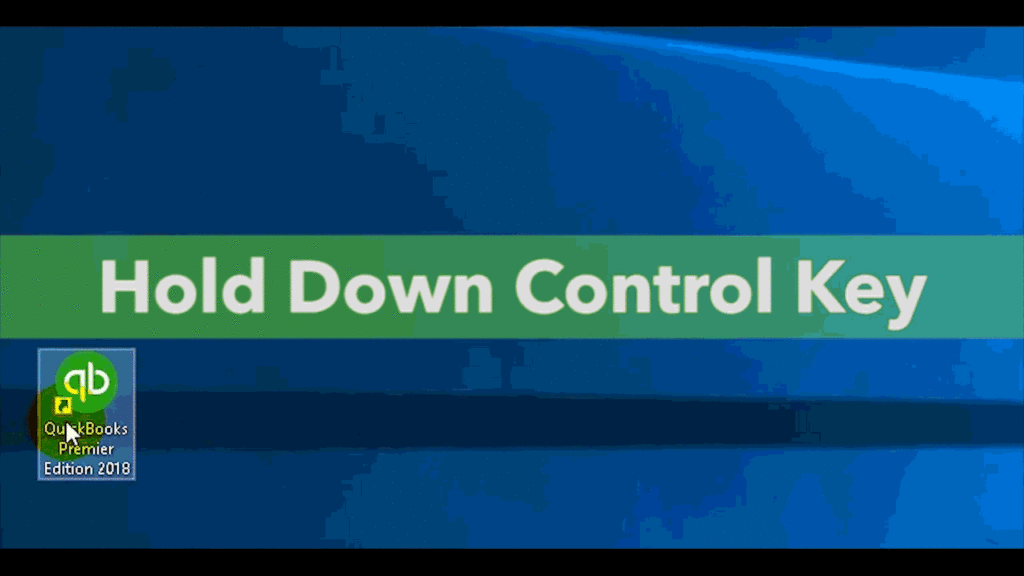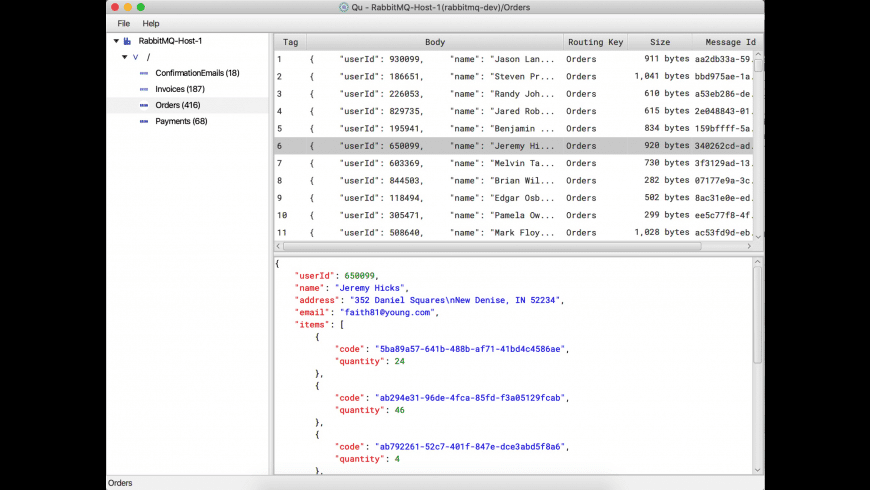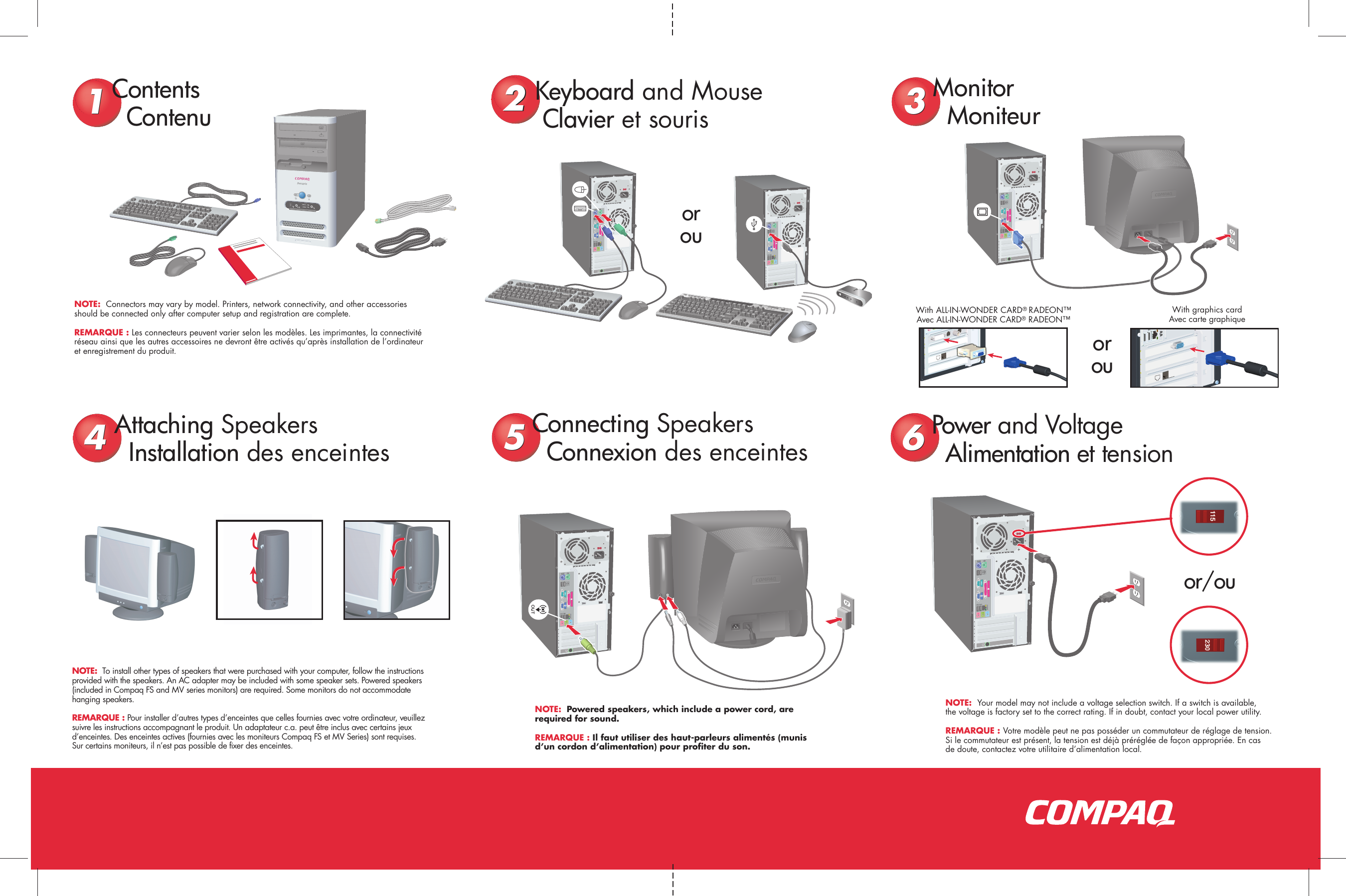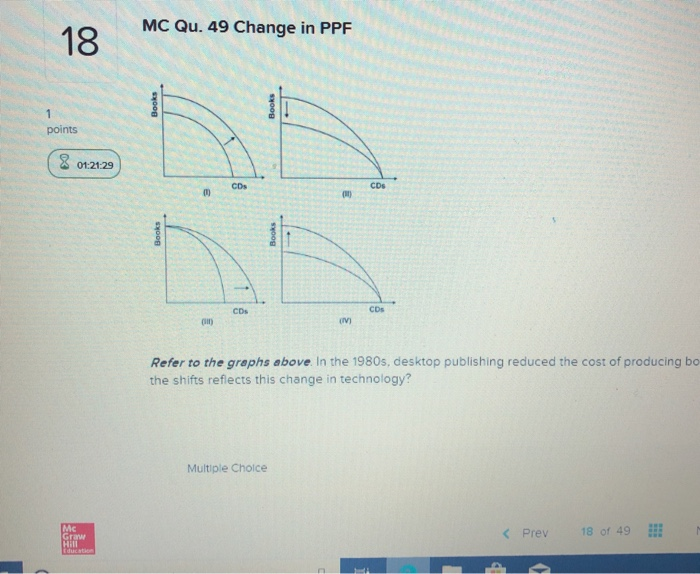- Qdesktopwidget Qt6
- Qdesktop
- Qu'est- Ce Que C'est
- Qu Windows Driver
- Qdesktopservices
- Qu'est Ce Desktop
- Desktop Qu'est Ce Que C'est
UNDERSTANDING QU-DRIVE and USB Devices
Qdesktopwidget Qt6
Qu-Drive is a facility to record and playback stereo (2-track) and multitrack (18-track) audio.
The recording format is WAV 48kHz 24-bit.
Qu-Drive audio recording and multitrack playback require the USB storage device to support high sustained transfer rates. Not all USB devices will guarantee flawless performance - when a USB device causes a pause that is longer than the buffer time in the mixer, a dropout occurs and data is lost.
Note that the buffer size in Qu-Drive was improved in firmware V1.4, however dropouts can still occur for a number of reasons. Please refer to the following guidelines for sourcing a suitable USB device.

Plan, save, and bank—all in one place. Open a QuickBooks Cash account for business banking right inside QuickBooks. QuickBooks Cash account: Banking services provided by and the QuickBooks Visa® Debit Card is issued by Green Dot Bank, Member FDIC, pursuant to license from Visa U.S.A. Green Dot Bank operates under the following registered trade names: GoBank, Green Dot Bank. In this video, learn how you can empower anyone in your organization to automate tasks across the desktop and web using robotic process automation (RPA) in #.
- USB flash 'key', 'stick', or 'thumb drive' - most keys on the market are not fast enough for multitrack recording.
- SSD drives - generally suitable for recording but can be prone to performance degradation over time, also some forms of wear levelling and 'garbage collection' algorithms can cause write speeds to become reduced during recording.

- HDD drives - magnetic drives are generally suitable for recording but can suffer from physical disturbances such as vibration due to low frequency exposure, which can throw the head off-track and cause a delay while the actuator repositions it, eventually impacting on the input/output performance.
- SCSI drives - hard drives using the SCSI command protocol ATAPI are not supported. Only drives that communicate over USB Attached SCSI are supported. This is not obvious when looking at drives and you will need to consult the manufacturer’s data
The smallest USB drive size that should be used with Qu-Drive is 2GB.
Maximum USB drive size (FAT32 file system limit) is 2TB.
We recommend you use the USB hard drive for the Qu mixer only. Do not use it for other applications.
Format the hard drive on the Qu mixer before each use. This clears the drive, sets up the Qu directory structure, and formats into FAT32 with a constant cluster size of 32kB.

Additional notes on Qu-Drive
Please refer to the Qu Mixer Getting Started Guide for an overview of Qu-Drive supported file formats, data rate, folder structure and file naming, patching and instructions on multitrack playback and recording.
Note - .wav files imported to the USB drive for multitrack playback via Qu-Drive must be MONO tracks, 48kHz 24bit, and follow the naming and file structure convention detailed in the User Guide. Also note that the Qu mixer expects 18 tracks to be present in the multitrack folder - you can create dummy tracks by duplicating and renaming your files.
The maximum file size on FAT32 is 4 GB. Qu-Drive audio data rate per track is 8.24 MB / minute (144 KB / second). This would allow a maximum recording time of roughly 8 hours. For 18 tracks you would need 72 GB drive capacity for the maximum recording time.
Note - .wav files imported to the USB drive for Stereo playback via Qu-Drive must be INTERLEAVED stereo tracks, and placed into the AHQU/USBPlay folder.
Note - .wav files with a BWF (broadcast) header are only supported on firmware V1.31 or higher.
Qdesktop
Qu-Drive modes
Stereo Playback + Stereo Record, not supported simultaneously.
Stereo Playback + Multitrack Playback, not supported simultaneously.
Stereo Playback + Multitrack Record, not supported simultaneously.
Stereo Record + Multitrack Playback, not supported simultaneously.
Stereo Record + Multitrack Record, not supported simultaneously.
Multitrack Record + Multitrack Playback, not supported simultaneously.
Qu'est- Ce Que C'est
Qu-Drive Playback (stereo or multitrack) + Multitrack Recording to USB B (streaming to DAW) is supported.
Qu Windows Driver
Playback from USB B (streaming from DAW) + Qu-Drive Recording (stereo or multitrack) is supported.
Qu-Drive Recording (stereo or multitrack) + Multitrack Recording to USB B (streaming to DAW) is supported*.
Qu-Drive Playback (stereo or multitrack) + Playback from USB B (streaming from DAW) not supported.
DO’s and DON’TS
Recommended best practices for multitrack recording with Qu-Drive:
- Format the USB device via the mixer
- Arm recording before needing the recording to start
- Press play to start recording, and leave the drive continuously recording for the total time of the recording (try not to stop start the recording)
- Press stop once you have finished, and wait for the drive to process the audio
- Remove the drive and back up the recorded material onto your computer
- Don't fill the USB drive with lots of multitrack projects if possible, as the drive can become fragmented requiring longer seek times to write
Third-party USB devices:
Specifications and performance of USB devices can be changed at any time by the manufacturer, we recommend that you test the device fully before you depend on it in a recording / playback situation. Be aware of possible batch variance in memory chipsets and performance. What appears to be the same device may not actually work.
Qdesktopservices
We recommend purchasing from a retailer who provides a suitable returns policy to allow you to try the device and return if unsuitable.
Please see the following thread in the A&H Digital Community regarding tested 3rd party devices:

keywords: Qu16 Q16 Q-16 QU24 qu-24 q-24 q24 Qu132 Q32 Q-32 Qu-Drive USB wear leveling qudrive pre-amp multi-track solid-state drive HDD
Qu'est Ce Desktop
This topic contains 18 replies, has 10 voices, and was last updated by 4 months ago.
Desktop Qu'est Ce Que C'est

please, we all discussed these topic alredy to death…
I need very urgent totally different thingsNot to be an ass but isn’t the obvious solution to put your music on the laptop ?
Giga
Otherwise buy a second ipad.
There was from the beginning never mentioned that there will be a windows editor.
If this is so important for you why have you bought this board.
Windows remote control is available on the gld and the dlive.
As an in between: If the adjustments you have to make from the stage aren’t too complicated you could even run the Q-control app on an android phone or tablet
Giga
Amen, amen, and amen. How many times can I say this? Finally, HP filters on outputs? A support person tried to tell me that using the graphic would yield the same results. Wonder where he got HIS electrical engineering degree……
aarong, I just installed an Android emulator on my Windows 10 desktop, Droid4X, and was able to install and run Mixing Station. I’m not at the board so don’t know for sure if it actually works, but it, or some other emulator, is something you might look into. There may even be an iOS emulator out there that will work with A&H’s apps.
ahhhh come on Bob… don’t say that to the young guy’s
😉Printed music never crashes…
But but but….. Ipads never go a-flying 🙂
- Posts
